Many of them remember Vietnam through wartime newspaper headlines in the 1960s and 1970s, others through movies and history books. Today, the old battlefields in Vietnam are places of pilgrimage for veterans from both sides who fought there, and for tourists who want to see for themselves where the war once took place.
"This place was a battlefield when I was here," US Army veteran Paul Hazelton recalled to AP as he and his wife walked around the grounds of the War Remnants Museum in Ho Chi Minh City.
The red flag with yellow star flutters on Hien Luong bridge, with the memorial in the distance.
PHOTO: AP
Hazelton's trip, just before his 80th birthday, took him back to Vietnam as a young soldier, including Hue, the old Phu Bai base on the outskirts of the city, and Da Nang , another important US military base.
"Everywhere I go, you know, it's land that was occupied by the American military, and now I just see hustle and bustle and industry. It's amazing," he said, sharing that he is happy that now the two sides are trading, being friendly with each other and benefiting from that cooperation.
Tourism is now a key driver of Vietnam’s growth, the fastest in the region, accounting for about one-ninth of the country’s jobs, according to AP. Vietnam is targeting more than 17.5 million foreign visitors by 2024, close to the pre-pandemic record of 18 million visitors set in 2019.
Visitors next to a US Air Force plane on display at the War Remnants Museum
PHOTO: AP
The War Remnants Museum attracts around 500,000 visitors a year, about two-thirds of whom are foreigners. Many of its exhibits focus on war crimes and atrocities committed by the US military, such as the My Lai massacre ( Quang Ngai ) and the devastating effects of Agent Orange, a herbicide widely used during the war.
Other wartime sites attracting tourists in Ho Chi Minh City include the Independence Palace; on the northern outskirts of the city are the Cu Chi tunnels, a network of underground tunnels used by the Vietnamese army to escape detection by American planes and patrols, and which attract about 1.5 million people a year.
Today, visitors can climb and walk through some of the narrow passageways or try their hand at the shooting range, where many take aim at targets with wartime weapons such as AK-47s, M-16s or M-60 machine guns...
Foreign tourists pose for photos in front of the Independence Palace
PHOTO: AP
"Now I can understand better how the war was fought, how the Vietnamese people fought and defended themselves," Italian tourist Theo Buono shared after visiting the Cu Chi tunnels while waiting for his fellow travelers to finish their test firing sessions.
Former Vietnamese Army artilleryman Luu Van Duc still remembers the war clearly, but a visit to the Cu Chi tunnels with a group of other veterans gave him a chance to witness the lives and struggles of his comrades.
"I was deeply moved when I revisited the old battlefields - my last wish before I die is to relive those arduous but heroic days with my comrades," the 78-year-old man shared.
"Relics like this need to be preserved so that future generations will know about our history, about our victories against much more powerful enemies," he said.
A US military transport plane stands at the edge of the runway at Khe Sanh base.
PHOTO: AP
In the central region, notable destinations include the former Demilitarized Zone (DMZ), where the country was divided into North and South, and Quang Tri province, which witnessed some of the fiercest fighting during the war, and attracted more than 3 million visitors in 2024.
North of the DMZ, visitors can walk through the winding Vinh Moc tunnel system, where civilians took refuge from bombs dropped by the US to disrupt supplies to the Vietnamese army.
The tunnels, along with a memorial and a museum on the border, can be visited on a day trip from Hue, which often includes a stop at the former Khe Sanh base, site of a fierce battle in 1968.
Today, Khe Sanh boasts a museum and some of the original fortifications, along with tanks, helicopters and other equipment the US military left behind after its defeat.
Peaceful scene in Hue today
PHOTO: AP
Hue itself was the site of a major battle during the 1968 Tet Offensive, one of the longest and fiercest battles of the war. Today, the ancient Imperial City and Citadel of Hue - a UNESCO heritage site located on the north bank of the Perfume River, still bear traces of the fierce fighting but have been largely rebuilt. West of Hue, in the old A Luoi district, near the border with Laos, is Hamburger Hill, as the American soldiers called it, reflecting the haunting ferocity and high casualties of the Americans in the 10-day-and-night battle in 1969. About 500 km to the southwest, near the Cambodian border, is the Ia Drang valley, where the Plei Me campaign took place on the Central Highlands battlefield in 1965...
Meanwhile, the war in the North was mainly an air war, and today, the Hoa Lo Prison Museum tells that story.
Tourists inside Hoa Lo Prison Museum in Hanoi
PHOTO: AP
Once known as the “Hanoi Hilton,” Hoa Lo Prison held American prisoners of war, mainly pilots shot down in air raids. Its most famous inmate was the late Senator John McCain after he was shot down in 1967.
“This place is both strange and fascinating,” said Olivia Wilson, 28, from New York, after a recent visit. And that is part of the appeal of Vietnam tourism.
Thanhnien.vn
Source: https://thanhnien.vn/suc-hut-cua-du-lich-viet-nam-tu-nhung-chien-truong-xua-185250829151048331.htm


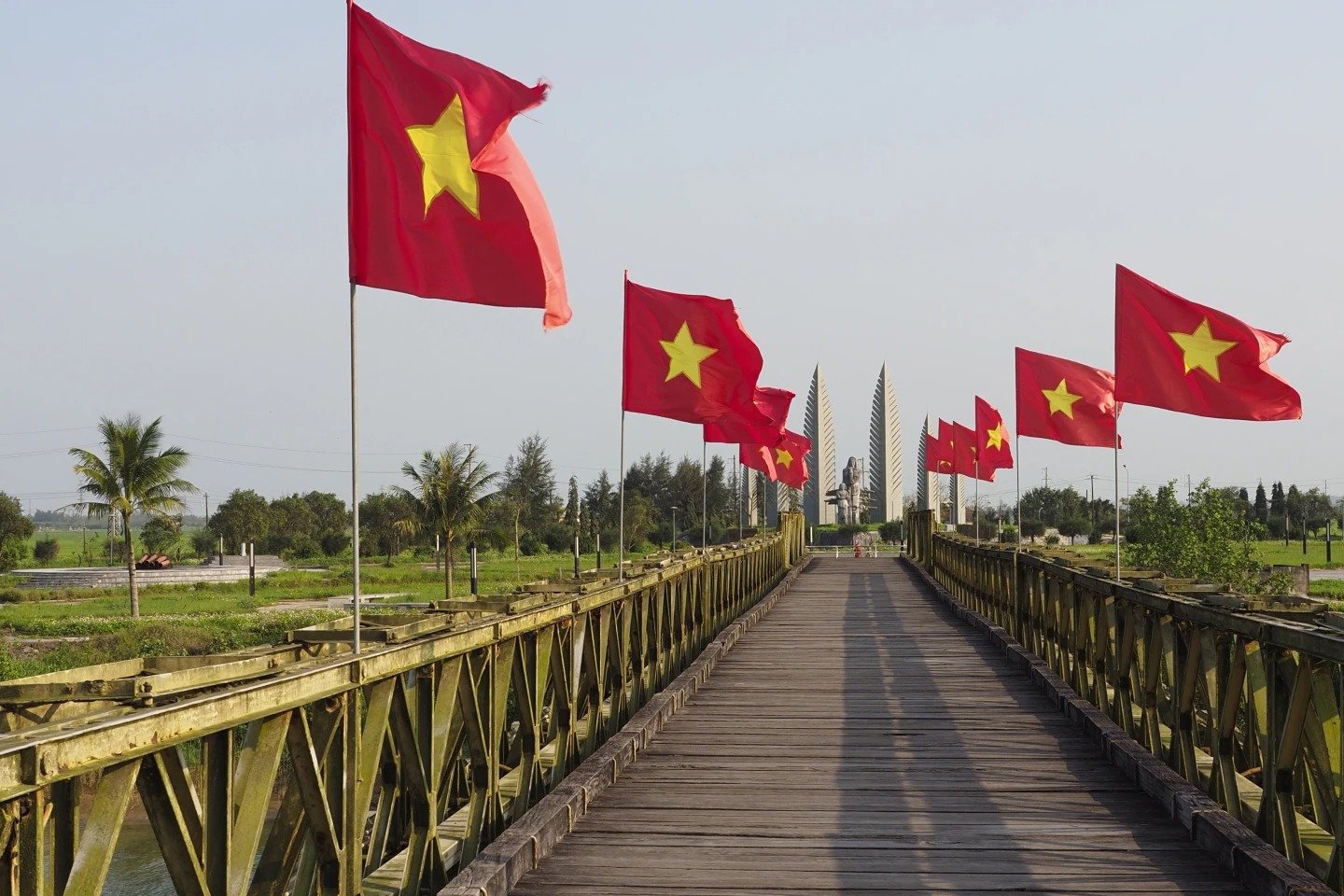
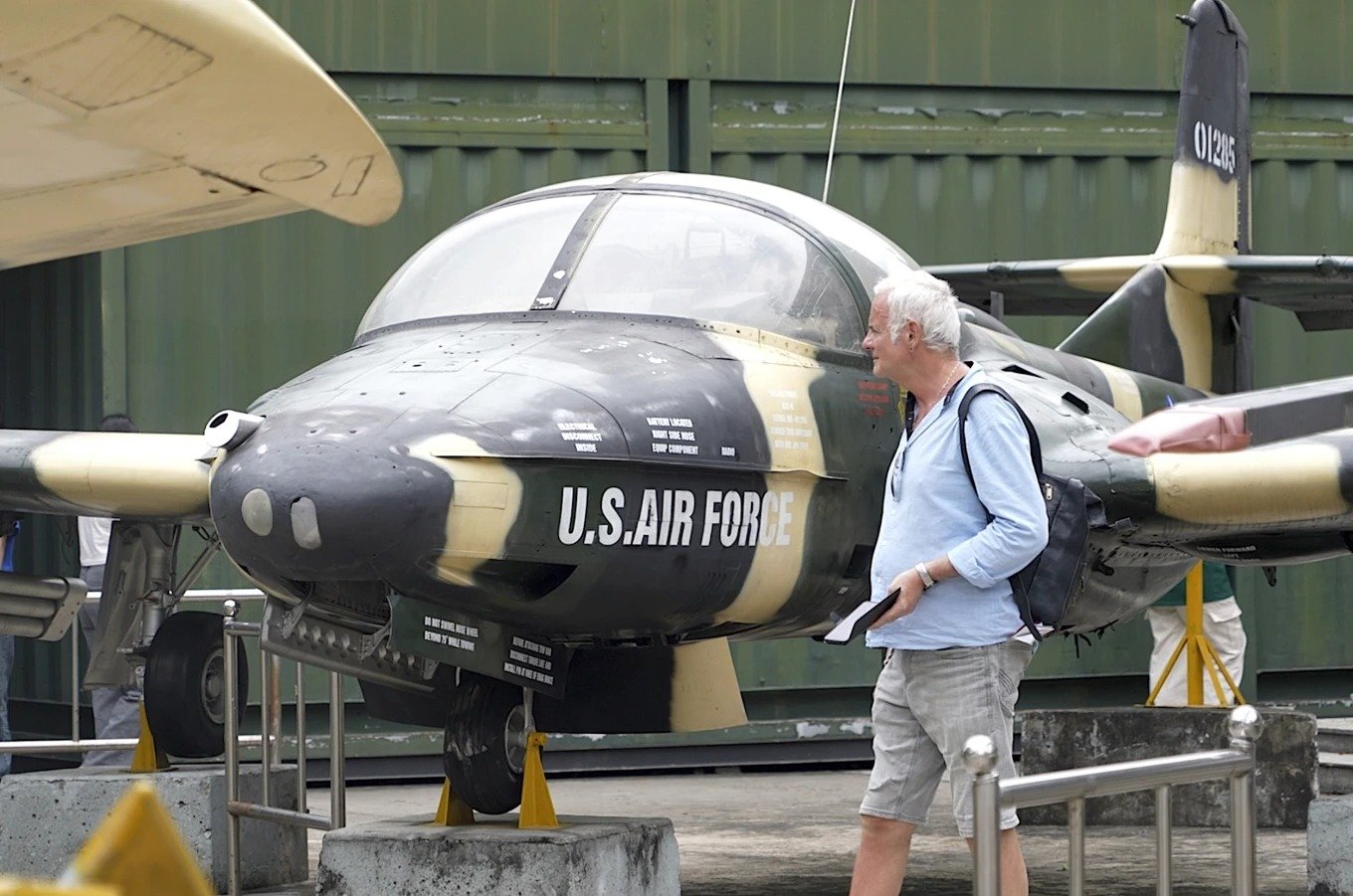
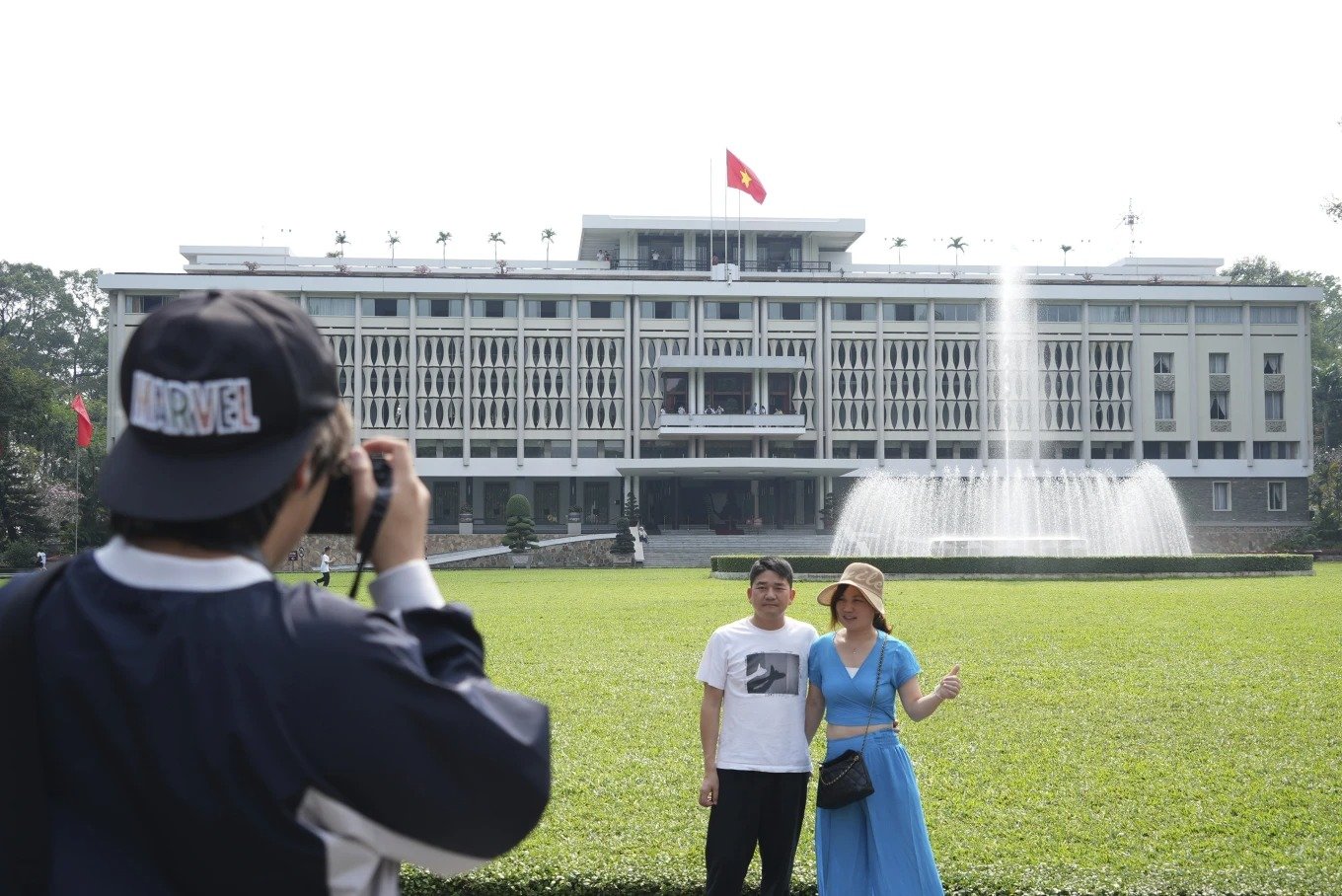
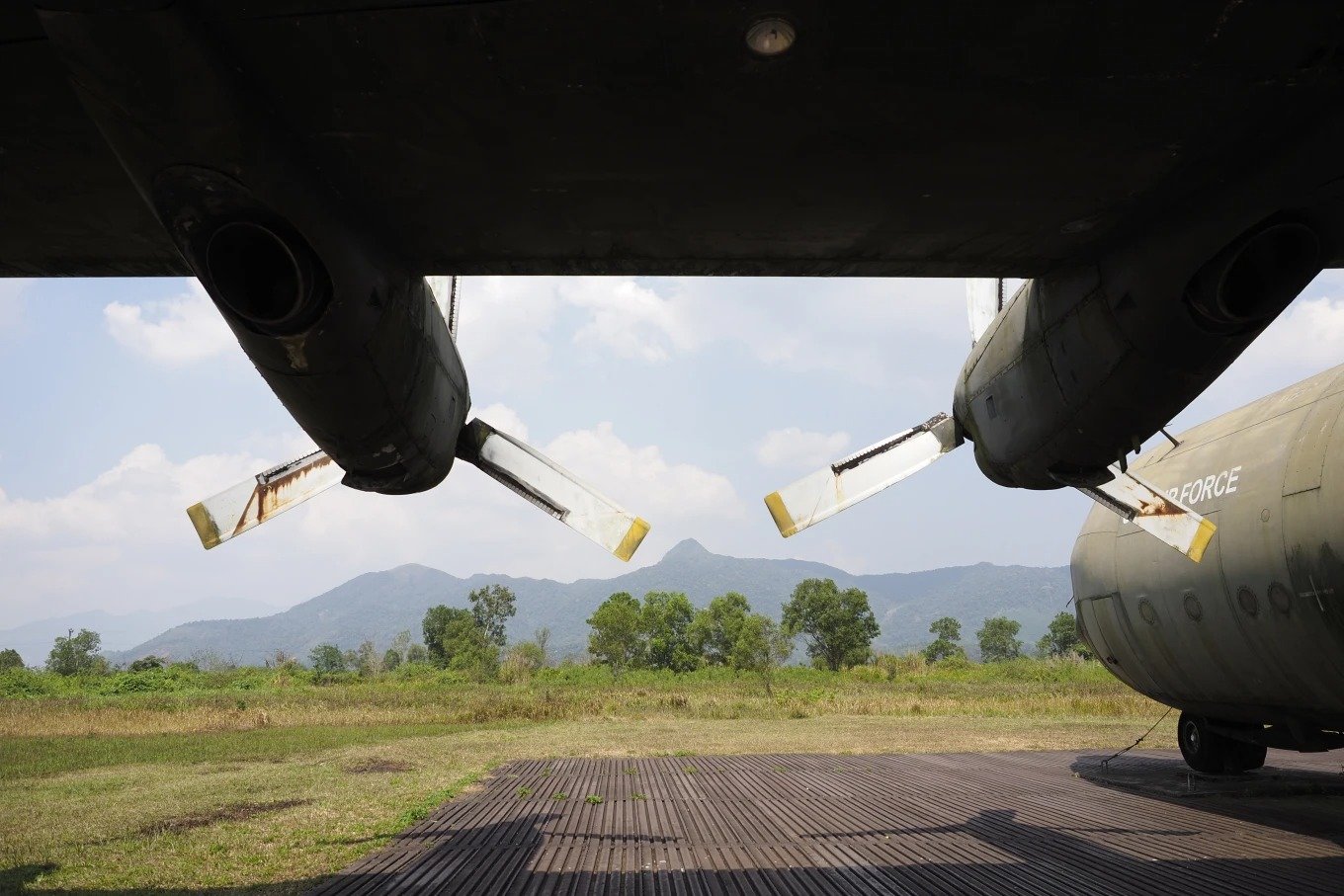
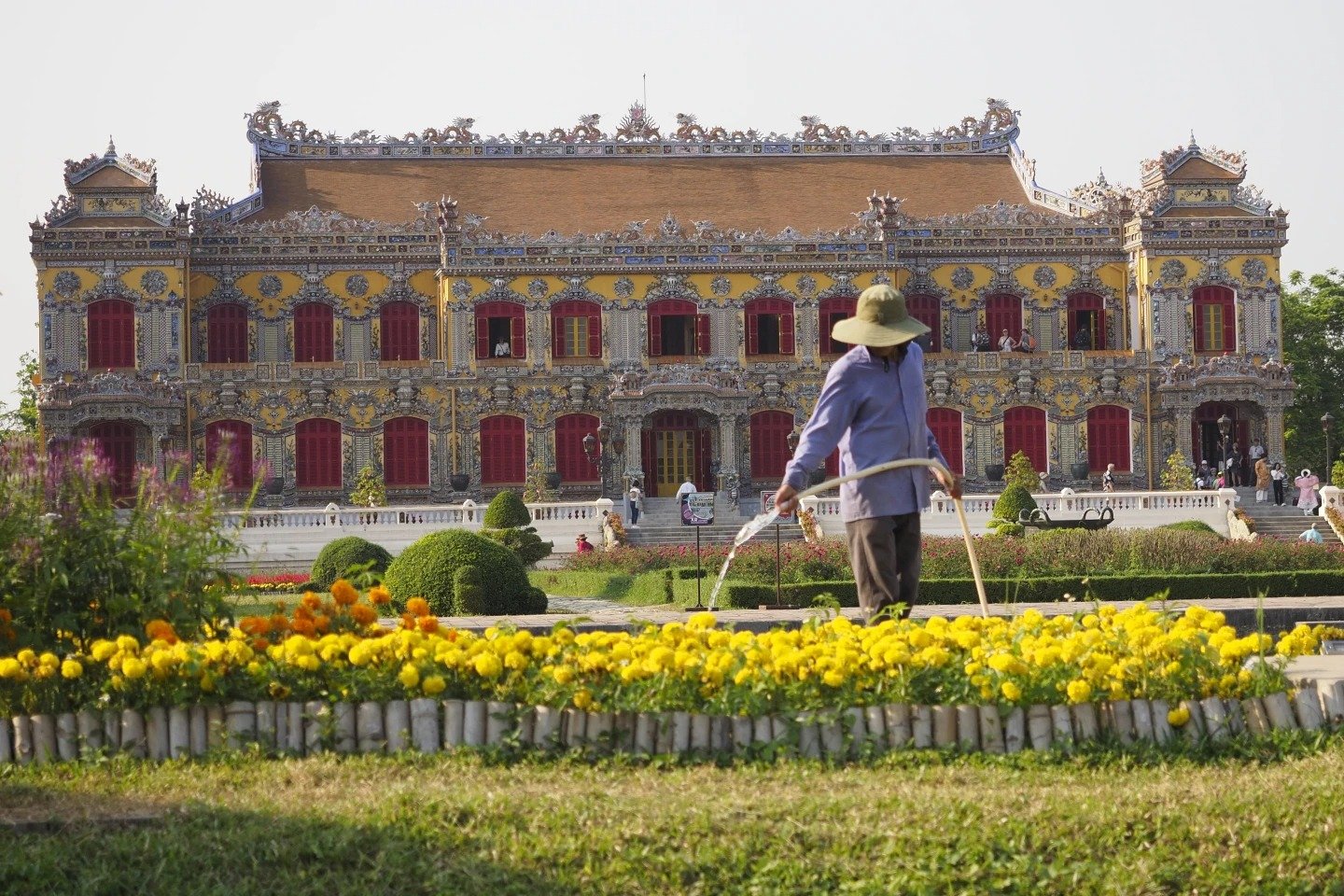
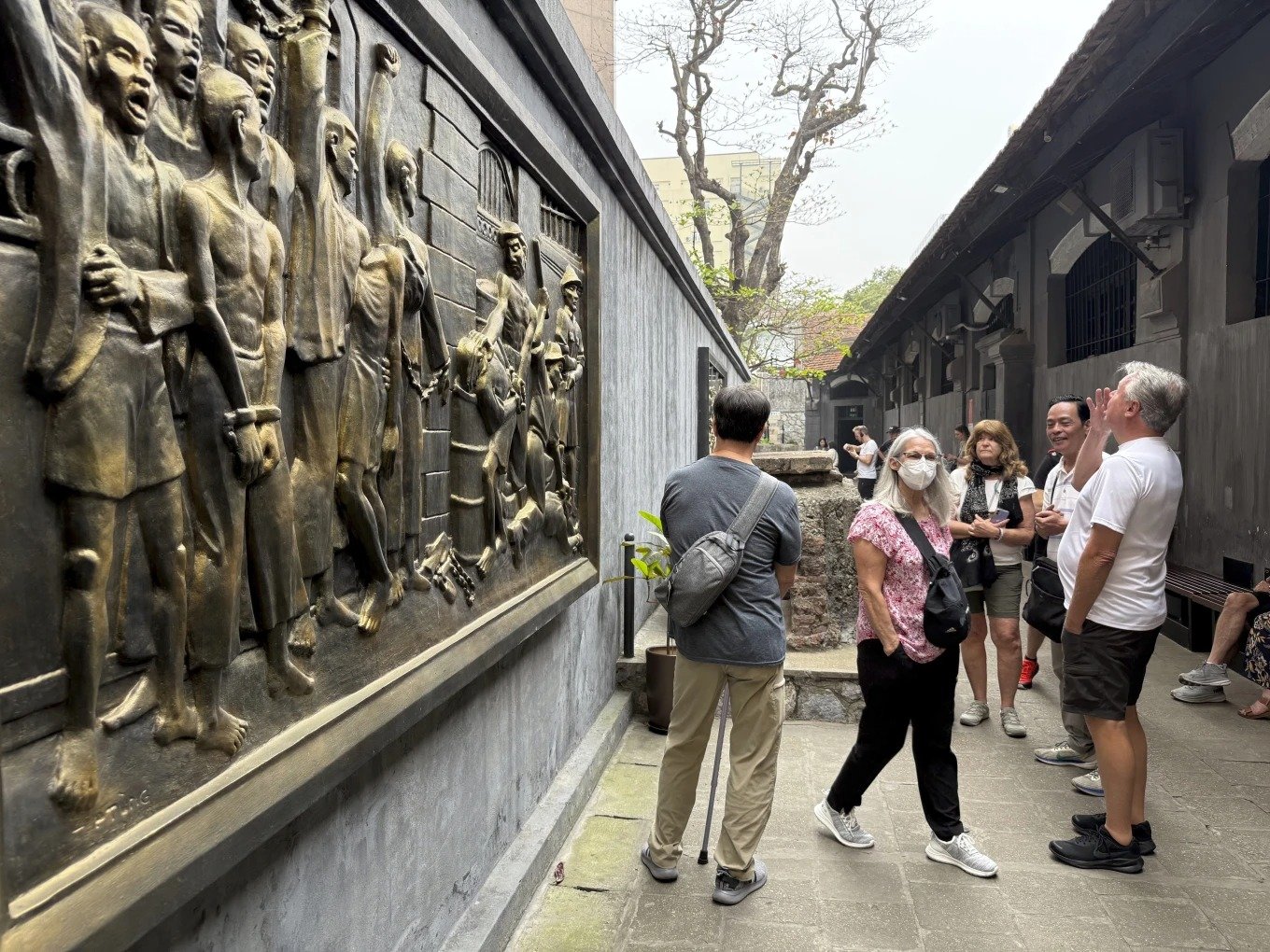
![[Photo] Binh Trieu 1 Bridge has been completed, raised by 1.1m, and will open to traffic at the end of November.](https://vphoto.vietnam.vn/thumb/1200x675/vietnam/resource/IMAGE/2025/10/2/a6549e2a3b5848a1ba76a1ded6141fae)





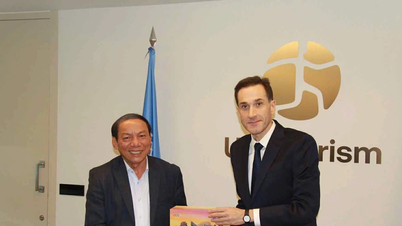



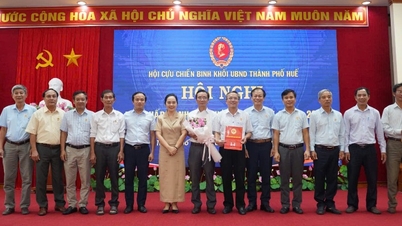







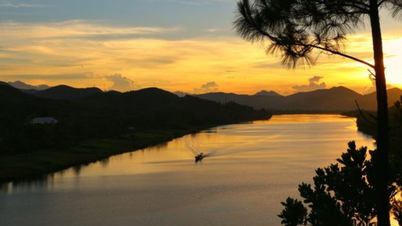

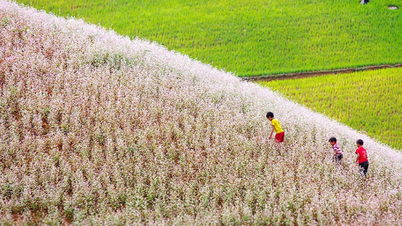


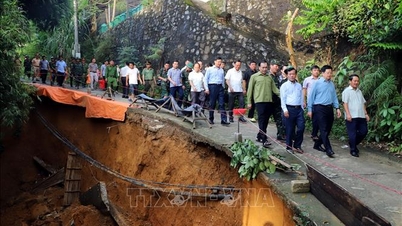


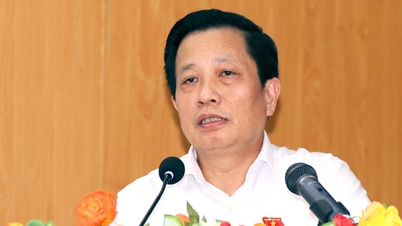





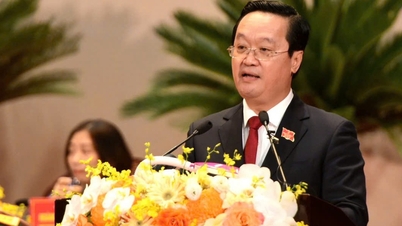












































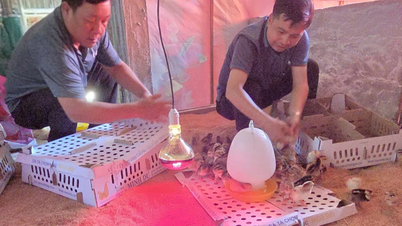

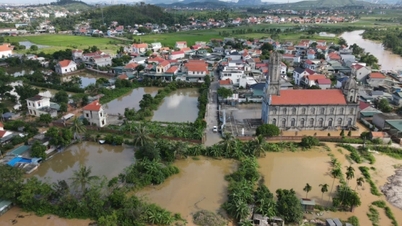

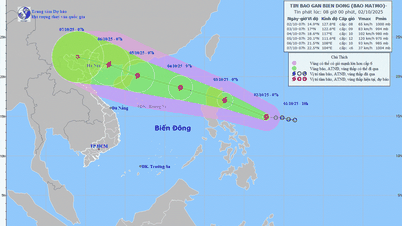
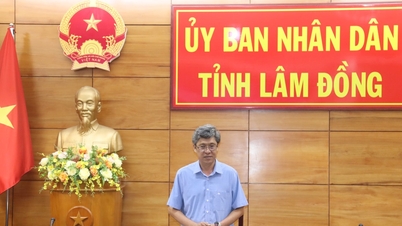

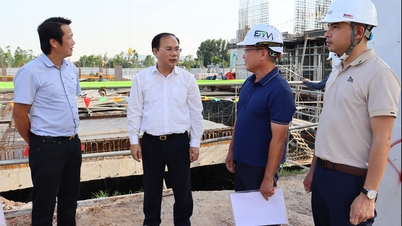

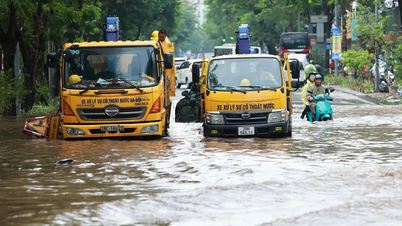














Comment (0)